La plus précieuse des marchandises (2024): a light in the dark | una luz en la oscuridad
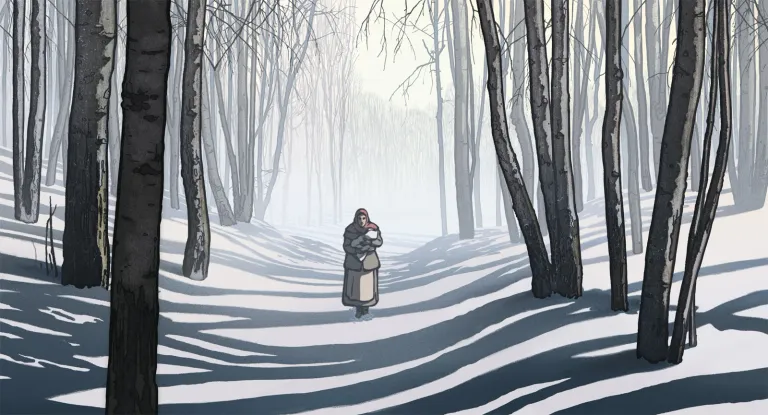
During these weeks many people are excited about the release of the live action Lilo & Stich, the second part of the latest Mission: Impossible movie, 28 Days Later, or the recently released Final Destination: Bloodlines that seeks to traumatize a new generation as it traumatized today's millenials when they were teenagers. But among this vast catalog of super productions, there was only one movie that I was looking forward to and that's why I went to see it immediately when it was released in theaters across the country.
Durante estas semanas muchas personas están emocionadas por el estreno del live action de Lilo & Stich, la segunda parte de la última película de Mission: Impossible, 28 Days Later, o la recientemente estrenada Final Destination: Bloodlines que busca traumar a una nueva generación como traumó a los millenials de hoy cuando eran adolescentes. Pero entre este amplio catálogo de super producciones, había una sola película que yo estaba esperando con ansias y que por eso fui a ver inmediatamente cuando se estrenó en las salas de cine del país.
It's La plus précieuse des marchandises (The most precious of cargoes), a French animated film directed by Michel Hazanavicius and written by himself based on the book by Jean-Claude Grumberg. The film opens with the voice of a narrator who immerses us in the story as if it were a fairy tale. We are at the dawn of a great war in Europe. As the narrator speaks French and it seems a remote time, but not that remote, we deduce that it's the Second World War. In the middle of a snow-covered forest lives a woodcutter with his wife. The situation is difficult, not only because of the weather conditions and how isolated they seem to be, but also because of the famine and the war that seems to be getting closer and closer. The couple is a couple of few words who lead a routine and quiet life until an unexpected event alters their lives. One morning, the woodcutter's wife stops to pray near the train tracks, asking God, life or destiny for something to fall from one of the wagons, some bread, sausages, anything that might help them satisfy their hunger or bargain for food. Every day trains with sealed wagons pass through there, but what the woman doesn't imagine is that her prayer will be answered that afternoon with a special commodity: someone has thrown a baby out of the wagon. Without thinking twice, the woman holds the baby in her arms and takes it home to take care of it and feed it, but given the conditions in which they live and also because of certain episodes in the couple's past, it's not so simple to keep a baby dropped from heaven.
Se trata de La plus précieuse des marchandises (La carga más preciada), una cinta francesa de animación dirigida por Michel Hazanavicius y escrita por él mismo a partir del libro de Jean-Claude Grumberg. La película inicia con la voz de un narrador que nos sumerge en la historia como si de un cuento se tratase. Estamos en los albores de una gran guerra en Europa. Como el narrador habla francés y parece una época remota, pero no tanto, deducimos que se trata de la Segunda Guerra Mundial. En medio de un bosque cubierto de nieve vive un leñador con su esposa. La situación es difícil, no sólo por las condiciones climáticas y lo aislados que parecen estar sino también por el hambre y la guerra que cada vez parece estar más cerca. El matrimonio es una pareja de pocas palabras que lleva una vida rutinaria y tranquila hasta que un inesperado evento altera sus vidas. Una mañana, la esposa del leñador se detiene a rezar cerca de las vías del tren, pidiendo a dios, la vida o el destino, que algo se caiga de alguno de los vagones, un poco de pan, embutidos, cualquier cosa que los pueda ayudar a saciar el hambre o a negociar por comida. Todos los días pasan por allí trenes con vagones sellados, pero lo que la mujer no imagina es que su plegaria será respondida esa tarde con una mercancía especial: alguien ha arrojado un bebé desde el vagón. Sin pensarlo dos veces, la mujer sostiene el bebé en brazos y lo lleva a casa para cuidarlo y alimentarlo, pero dadas las condiciones en que viven y también debido a ciertos episodios del pasado de la pareja, no es tan simple quedarse con un bebé caído del cielo.
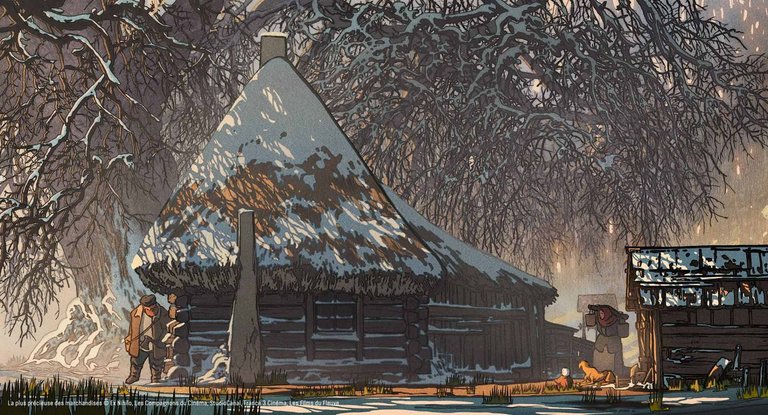
It doesn't take much thought to deduce that, far from transporting goods, the train passing near the woodcutter's house is really transporting people. And although they are called the sans cœur (heartless), it's obvious that they are Jews. In this the script - and I suppose the book too - is subtle, but clear. It doesn't talk about Nazism, Holocaust or anti-Semitism, but these concepts are clearly portrayed in the story because of what we know about one of the darkest episodes in world history.
No hay que pensar mucho para deducir que, lejos de transportar mercancías, el tren que pasa cerca de la casa del leñador, realmente transporta personas. Y aunque les llamen sans cœur (desalmados), es obvio que se trata de judíos. En esto el guion - y supongo que el libro también - es sutil, pero claro. No habla de nazismo, holocausto ni antisemitismo, pero estos conceptos quedan retratados claramente en la historia debido a lo que sabemos de uno de los episodios más oscuros de la historia mundial.
The characters were imagined and created by director Michel Hazanavicius and although at first the universe of the film is limited to the lumberjack and his wife - who have no names - little by little, from the appearance of the baby, more characters are added and the story is complicated in unforeseen ways. Because yes, from the beginning we want the woman to keep the baby, to save it, but it will not be easy to pass the child off as her own daughter, and the questions arise: who threw the baby from the train? what will happen when the war is over? what will happen if they discover that the couple has been hiding a sans cœur? La plus précieuse des marchandises begins as a slow, somewhat sad story, which then moves into an emotional and moving narrative to finally explode into a violent climax, a tragic ending and a hopeful epilogue. All of this is enhanced by the animation and the director's choices in showing certain things. Hazanavicius doesn't spare cinematographic resources and manages to make the most of them thanks to the beautiful soundtrack by Alexandre Desplat, a musical genius with 2 Oscars (The Grand Budapest Hotel and The Shape of Water) and a total of 11 nominations for his work in films such as Little Women, Argo, The Imitation Game, Isle of Dogs, The Curious Case of Benjamin Button and Fantastic Mr. Fox, among others. The blend of music, visuals and narrative is a powerful combination that makes this story unforgettable.
Los personajes fueron imaginados y creados por el director Michel Hazanavicius y aunque en principio el universo de la película se limita al leñador y a su esposa - que carecen de nombres - poco a poco, a partir de la aparición del bebé, se van sumando más personajes y la historia se va complicando de formas imprevistas. Porque sí, desde el principio queremos que la mujer se quede con el bebé, que lo salve, pero no será tarea fácil hacer pasar a la criatura como hija suya y además nos van surgiendo las preguntas, ¿quién arrojó al bebé desde el tren? ¿qué pasará cuando la guerra termine? ¿que ocurrirá si descubren que la pareja ha estado ocultando un sans cœur? La plus précieuse des marchandises comienza como una historia lenta, algo triste, que luego pasa a una narración emotiva y conmovedora para finalmente estallar en un clímax violento, un final trágico y un epílogo esperanzador. Todo ello se ve reforzado por la animación y las decisiones del director a la hora de mostrar ciertas cosas. Hazanavicius no se ahorra recursos cinematográficos y logra sacarles mayor provecho gracias a la hermosa banda sonora de Alexandre Desplat, un genio de la música que cuenta con 2 premios Oscar (The Grand Budapest Hotel y The Shape of Water) y un total de 11 nominaciones por su trabajo en cintas como Little Women, Argo, The Imitation Game, Isle of Dogs, The Curious Case of Benjamin Button y Fantastic Mr. Fox, entre otros. La mezcla de la música, lo visual y lo narrativo es una poderosa combinación que convierte esta historia en inolvidable.
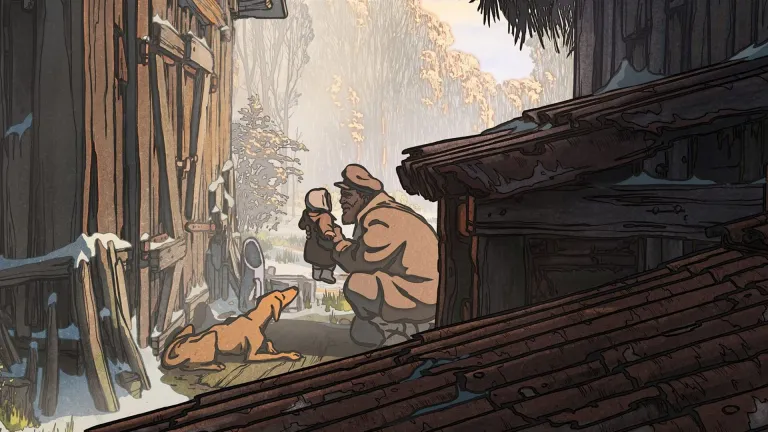
For reasons of theme, it's easy to relate this story to other emblematic tragedies such as Schindler's List, The Boy in the Striped Pajamas or the Polish W ciemności (In Darkness), but also with moving animated films such as the timeless The Grave of the Fireflies or the more recent Persepolis with whom it shares the not negligible record of being the last two animated films nominated for the Palme d'Or, the highest award given at the Cannes Film Festival.
Por razones de tema, es fácil relacionar esta historia con otras emblemáticas tragedias como Schindler's List, The Boy in the Striped Pajamas o la polaca W ciemności (In Darkness), pero también con conmovedoras cintas animadas como la eterna The Grave of the Fireflies o la más reciente Persépolis con quien comparte el nada despreciable récord de ser las últimas dos cintas de animación nominadas a la Palma de Oro, máximo galardón que se entrega en el Festival de Cine de Cannes.
Michel Hazanavicius' work as a director has been irregular. However, he has directed one of the best films of recent times, which earned him more than forty international awards, including the Oscar for Best Picture and the Oscar for Best Director: The Artist. Yes, remember that 2011 film that was a tribute to silent cinema filmed in black and white? Well, that film was written and directed by Hazanavicius who since then had not gotten as good a reception as he did so far with La plus précieuse des marchandises. There are those who like to see films related to the Second World War, not in vain that episode has fueled cinema and literature for more than eighty years and, although I include myself in that group, now these stories have a different taste, perhaps more bitter. First, because far from what one would think, war is not a thing of the past. Genocides, bombings, assassinations and tortures are still going on in many corners of the world, being executed before the impassivity of the whole world that does nothing to stop them; and secondly because precisely one of those genocides is being perpetrated by the main victims of the Nazi holocaust who quickly escalated from murdered to murderers, what have we learned then, as a human species, what good has so much suffering, so much horror, so much pain done us, if we continue causing ourselves the same damage? It gives a lot to think about. Maybe someone should film La plus précieuse des marchandises from the other side, with a Palestinian baby thrown out of a car to - hopefully - be saved by an Israeli couple, how many would watch that film? I read you in the comments.
El trabajo de Michel Hazanavicius como director ha sido irregular. Sin embargo, cuenta en su palmarés haber dirigido una de las mejores películas de los últimos tiempos y que le valió más de cuarenta premios a nivel internacional, incluyendo el Oscar a Mejor Película y el Oscar a Mejor Director: The Artist. Sí, ¿recuerdan aquella cinta de 2011 que era un homenaje al cine mudo filmada en blanco y negro? Bueno, esa película fue escrita y dirigida por Hazanavicius que desde entonces no había obtenido tan buena recepción como hasta ahora con La plus précieuse des marchandises. Hay quienes les gusta ver las películas relacionadas con la segunda guerra mundial, no en vano ese episodio ha alimentado el cine y la literatura durante más de ochenta años y, aunque me incluyo en ese grupo, ahora estas historias tienen un sabor distinto, acaso más amargo. Primero porque lejos de lo que uno pensaría, la guerra no es cosa del pasado. Los genocidios, bombardeos, asesinatos y torturas están vigentes en muchos rincones del mundo, ejecutándose ante la impasibilidad del mundo entero que no hace nada por detenerlos; y segundo porque precisamente uno de esos genocidios está siendo perpetrado por las principales víctimas del holocausto nazi que escalaron rápido de asesinados a asesinos, ¿qué hemos aprendido entonces?, como especie humana, ¿de qué nos ha servido tanto sufrimiento, tanto horror, tanto dolor, si seguimos causándonos el mismo daño? Da mucho qué pensar. Tal vez alguien debería filmar La plus précieuse des marchandises desde el otro lado, con un bebé palestino lanzado de un auto para que - ojalá - una pareja israelí lo salve, ¿cuántos verían esa película? Los leo en los comentarios.
Reviewed by | Reseñado por @cristiancaicedo
Other posts that may interest you | Otros posts que pueden interesarte:
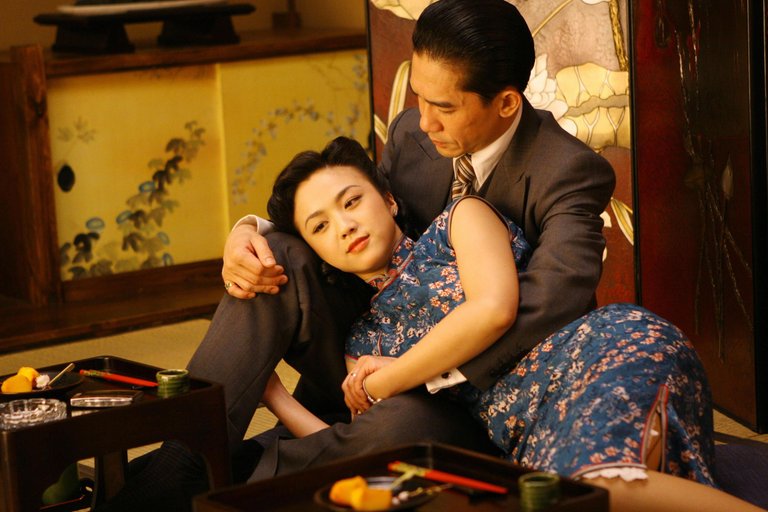 |
|---|
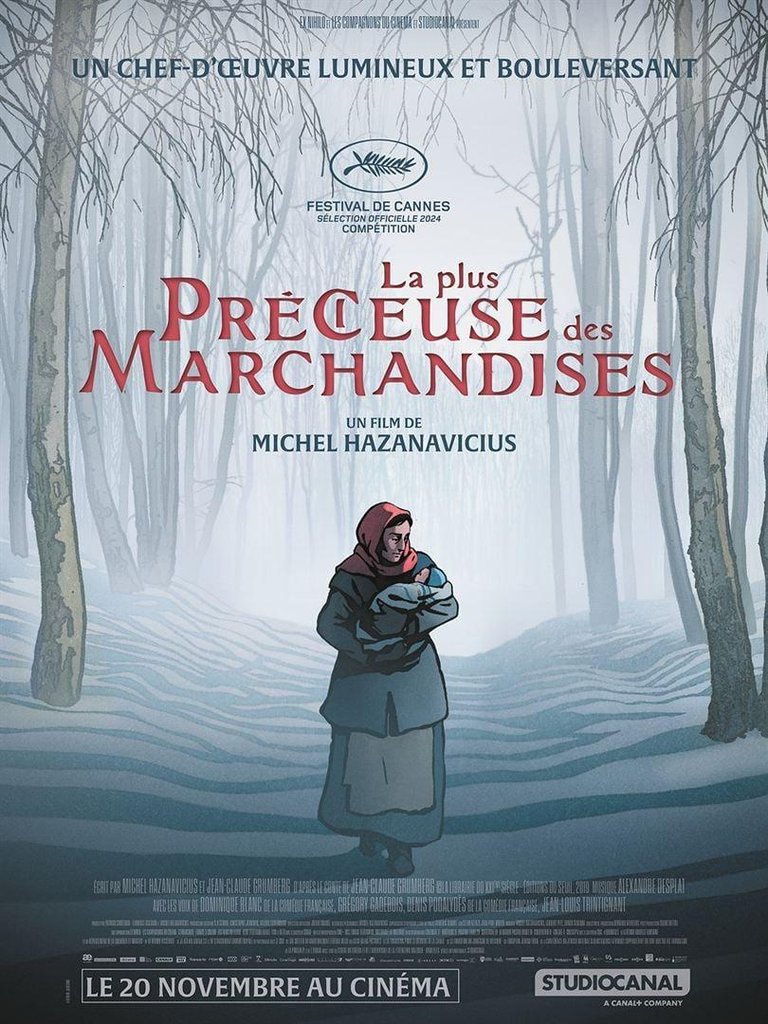
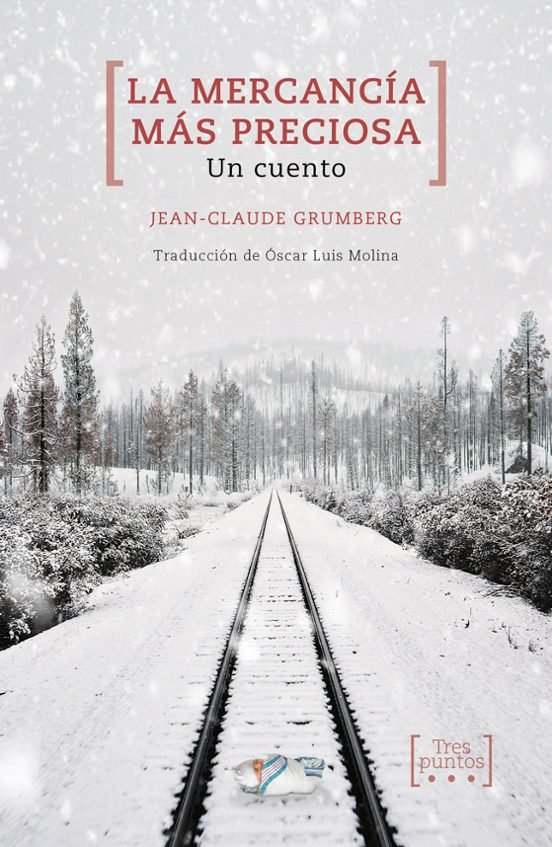
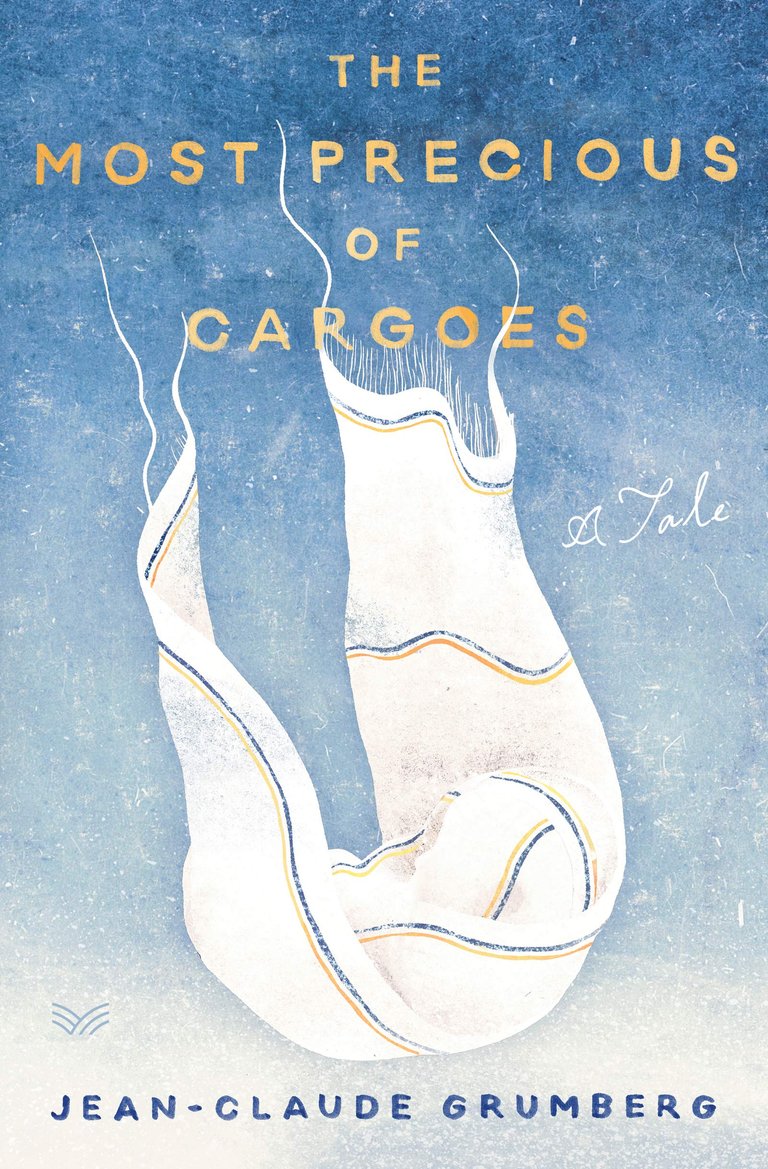
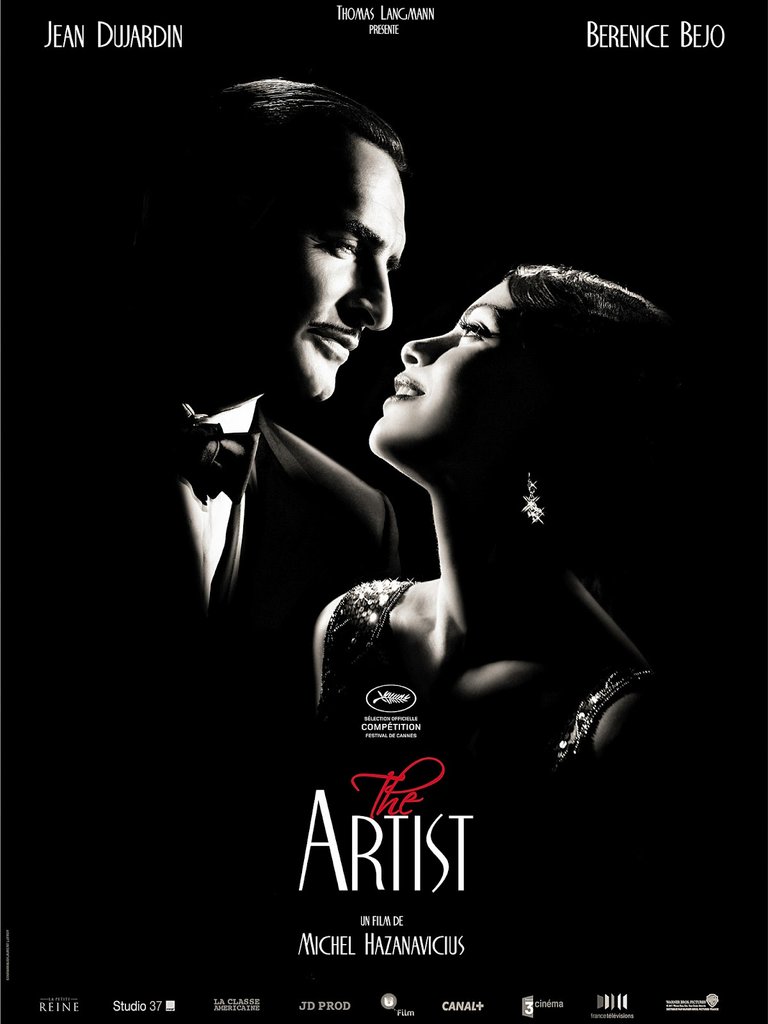
Wow this is great. Though I learn a lot from this seriously
Muy buena tu reseña y tu opinión final. Gracias por compartir.
Esta pelicula en el principio me hizo recordar a "La tumba de las luciernagas" de Ghibli Studio, en realidad guarda un cierto parecido. Sin embargo la originalidad resplandece cuando se trata de una carrera por la supervivencia, una entrega de amor y sobreproteccion, a la par de los desmanes de una guerra brutal. Supongo que las emociones se sienten al estar frente a la pantalla y observar el film detenidamente. Me gusta la propuesta, gracias por la recomendacion @cristiancaicedo